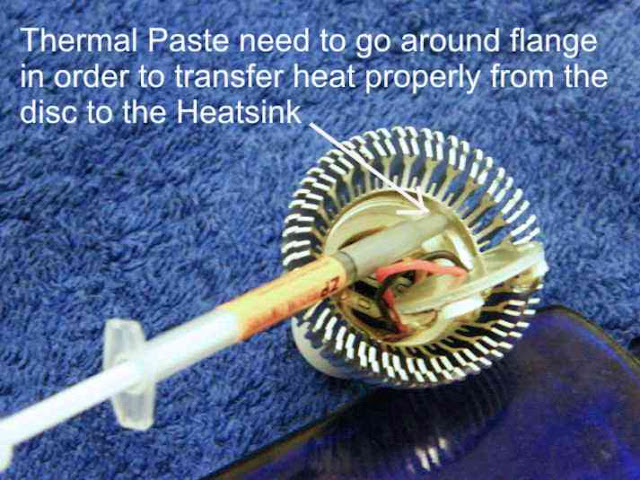This confirmed what I was thinking: power supply failures due to cheap components:
Quote:
Engineers looking into the premature failure of LED lamps in commercial lighting, such as traffic signals and street lighting have discovered the root cause for the majority of the failures of these lights are not the LED’s themselves failing, but the power supplies required to convert and regulate the 120 volt line power to the voltage levels required by the LED strings. It turns out while the LED lamps have a Energy Star design life of over 25,000 for residential applications and 35,000 hours in commercial applications and the LED themselves have a possible lifespan of over 45,000 hours, these numbers become irrelevant when the power supplies routinely fail in less than 20,000 hours.
It seems the weak links in the chain are the electrolytic capacitors in he power supplies which where never designed for a long life span, a lifespan that is severely shortened by the high temperature the power supplies work under.
Two solutions detailed in the article are a compete redesign of the power supply to one that is less efficient and will be more expensive in the beginning, but does not utilize electrolytic capacitors and or powering the LED fixtures from a DC circuit which requires either utilizing an additional power supply to convert the 120 volts AC to 48 volts DC upfront (furthering lowering overall efficiency and increasing installed costs) or re-wring the infrastructure to where home and commercial structures would be dual voltage 120/240 AC and 48 volts DC.
Personally I believe the short term solution will be a redesign of the LED power supplies resulting in a spike in LED lamp prices and long term as solar becomes more prevalent homes and commercial building will be dual voltage AC/DC wired.
None the less this “problem” is becoming a serious thorn in the sides of the manufacturers and supporters of LED’s for lighting.
The full article can be found here.
»www.edn.com/blog/PowerSource/416···20120223
http://www.dslreports.com/forum/r26935697-LED-Lighting-Born-To-Fail.
Sadly, the link to the study is dead.

